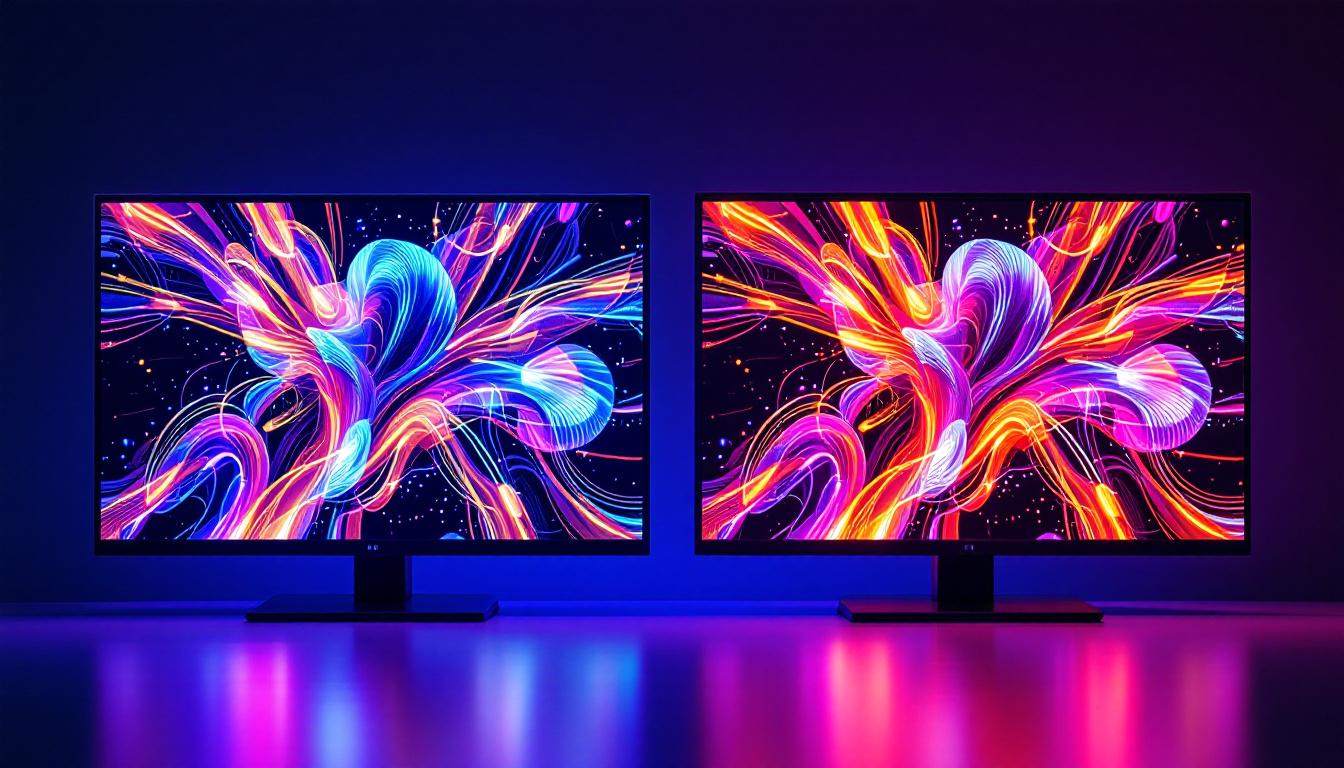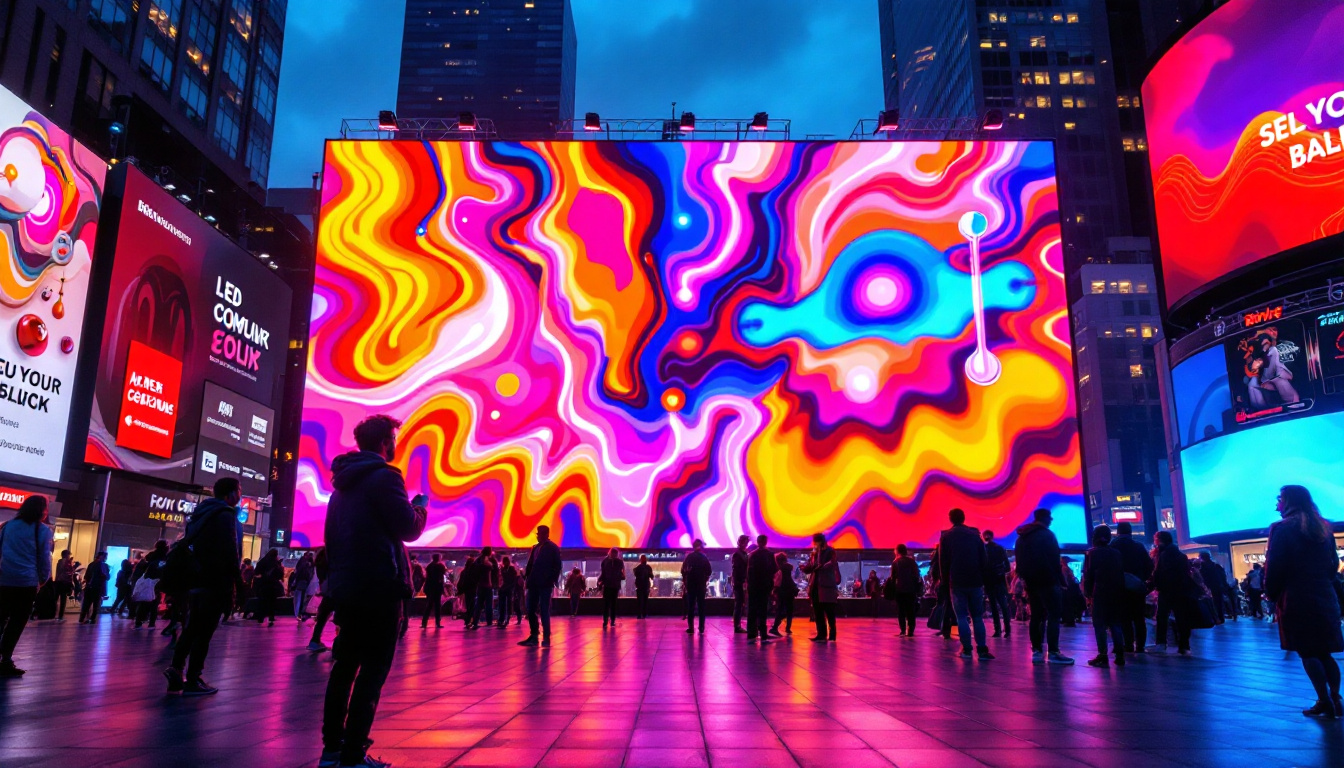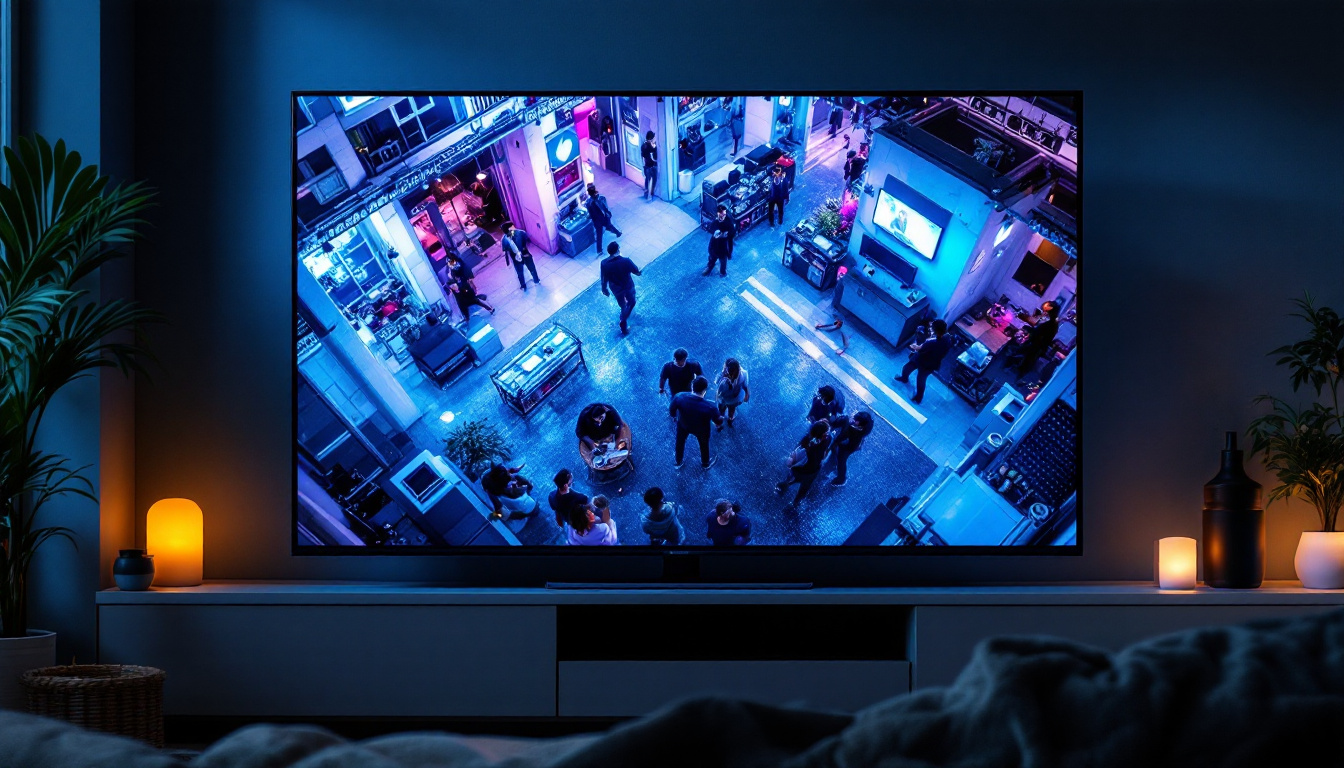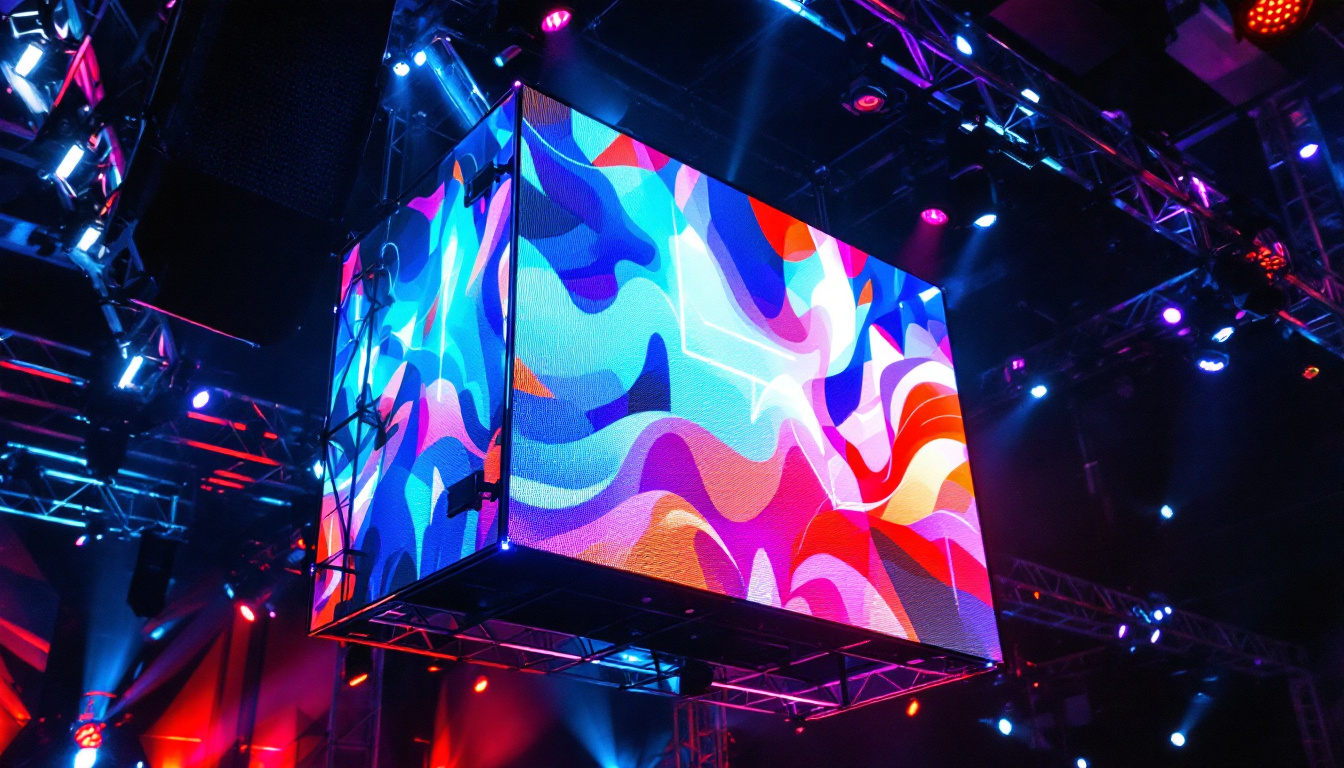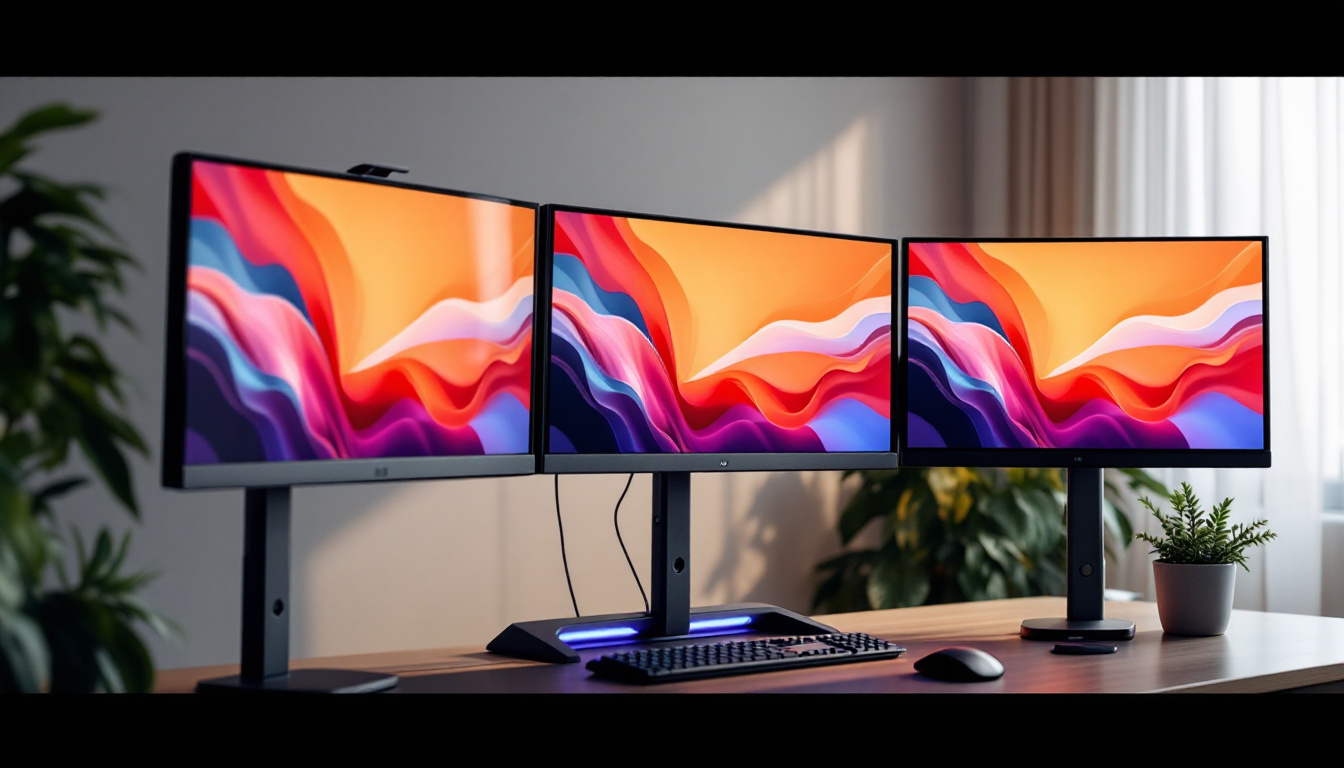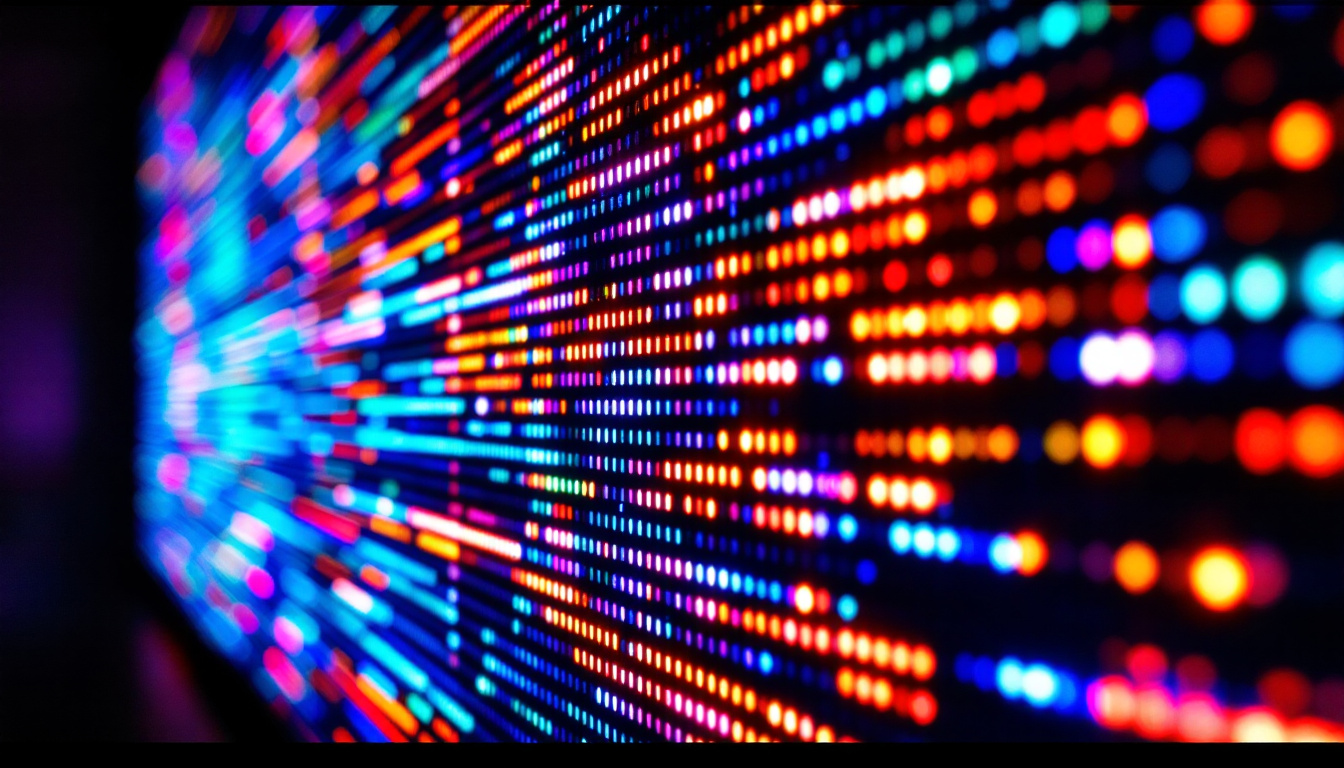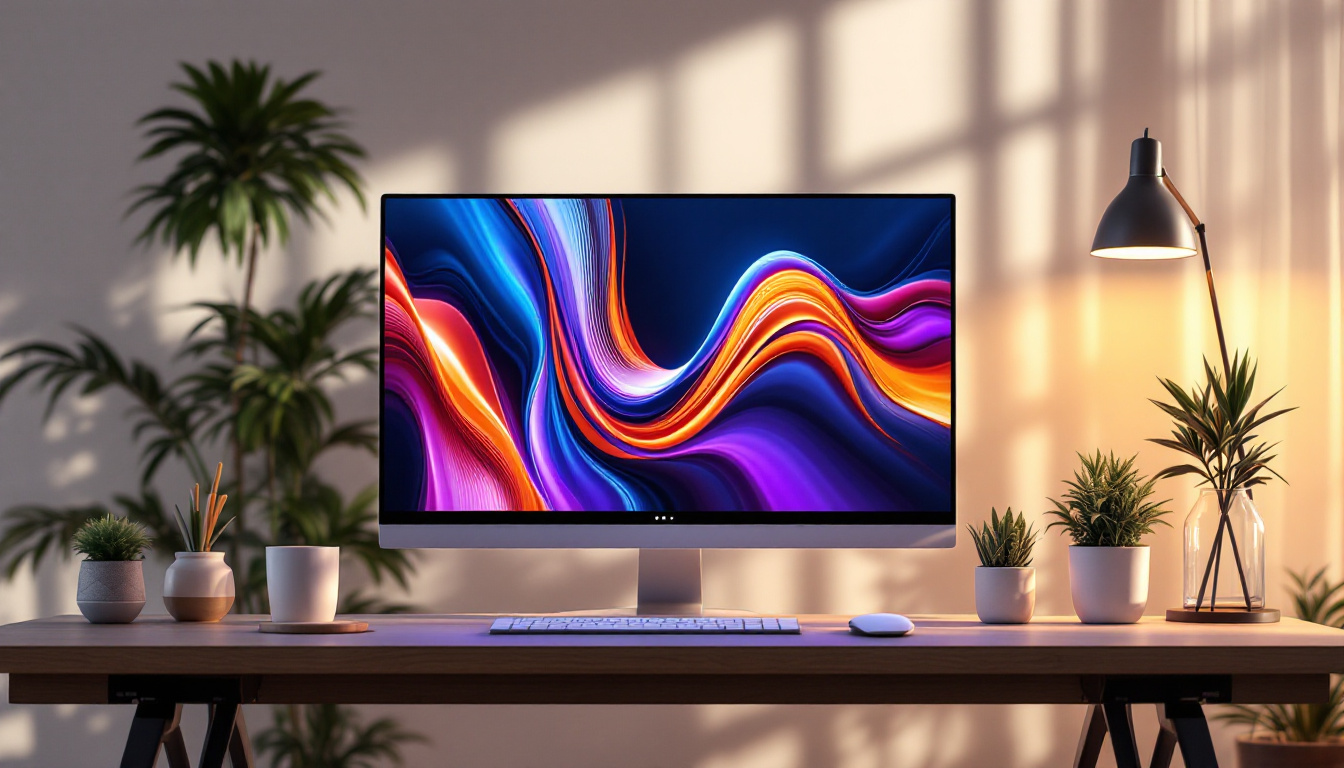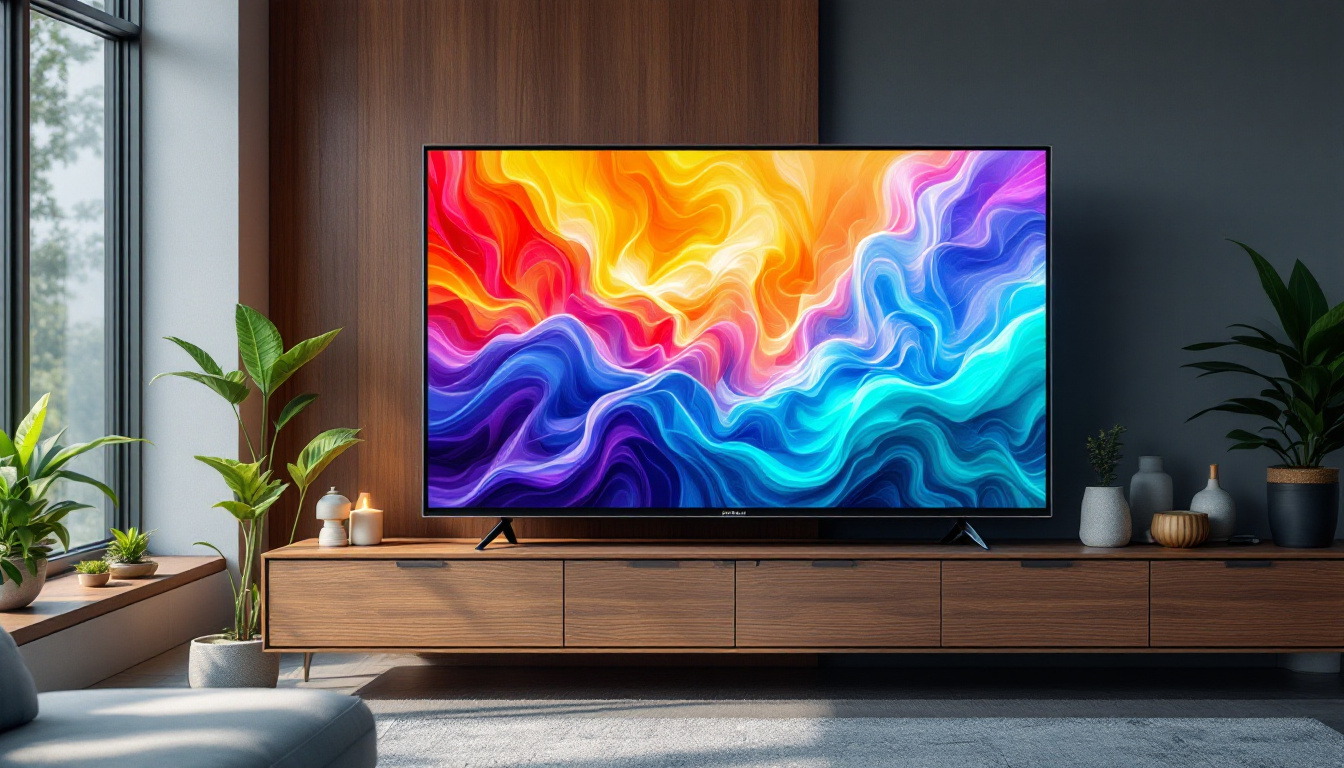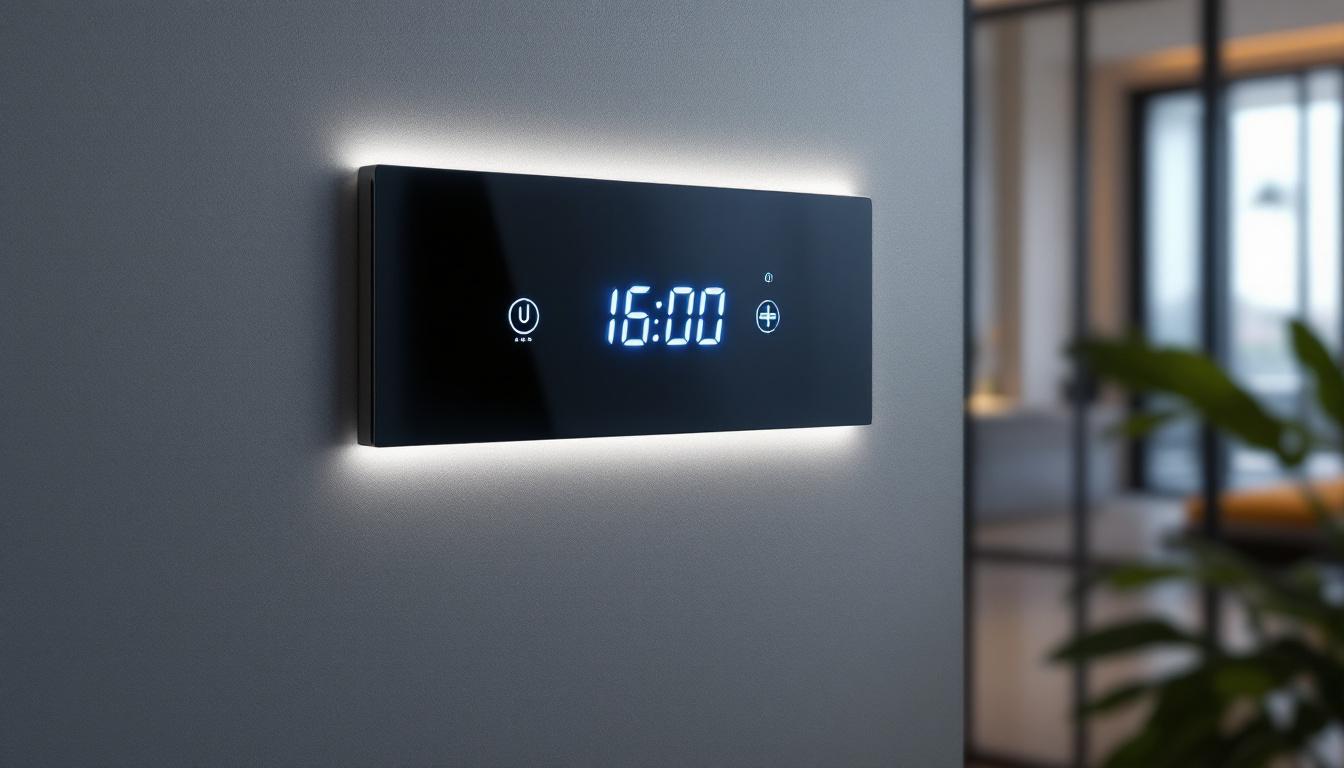In today’s world of digital screens, the terms LED and LCD are often used interchangeably, leading to confusion among consumers trying to choose the right display technology. Whether shopping for a new television, computer monitor, or smartphone, understanding the fundamental differences between LED and LCD displays is essential to making an informed decision. This article delves into the technology behind LED and LCD screens, compares their advantages and disadvantages, and explains why these distinctions matter for everyday users.
Understanding the Basics: What Are LCD and LED Displays?
What Is an LCD Display?
LCD stands for Liquid Crystal Display. This technology has been around since the 1960s but became mainstream in consumer electronics in the early 2000s. An LCD screen consists of a layer of liquid crystals sandwiched between two sheets of polarized glass or plastic. These crystals do not emit light on their own; instead, they manipulate light passing through them to create images.
To make the display visible, LCDs require a backlight, which shines through the liquid crystals. The backlight is typically a fluorescent lamp or an array of LEDs. The liquid crystals twist and align in response to electric currents, controlling how much light passes through each pixel and thus producing the image on the screen. LCD technology is known for its ability to produce sharp images and vibrant colors, making it a popular choice for everything from computer monitors to televisions.
One of the key advantages of LCD displays is their thin profile, which allows for sleek designs in modern electronics. Additionally, LCDs are generally more energy-efficient than older display technologies, such as cathode ray tubes (CRTs), which were bulky and consumed more power. As a result, LCDs have become the standard for a wide range of devices, including smartphones, tablets, and laptops. Furthermore, advancements in LCD technology, such as IPS (In-Plane Switching) and VA (Vertical Alignment) panels, have improved color accuracy and viewing angles, catering to the needs of both casual users and professionals alike.
What Is an LED Display?
LED stands for Light Emitting Diode. However, when people refer to LED displays in the context of TVs or monitors, they are usually talking about a type of LCD display that uses LEDs as the backlight source instead of traditional fluorescent lamps. This is why the term “LED TV” can be misleading—it’s essentially an LCD screen with LED backlighting.
There is also a true LED display technology, often used in large outdoor screens and some high-end TVs, where each pixel is an individual LED that emits its own light. These are known as OLED (Organic LED) or MicroLED displays, which differ significantly from LCDs. This article focuses on the common consumer distinction between LCD (with fluorescent backlight) and LED-backlit LCD displays. LED backlighting offers several benefits, including improved contrast ratios and deeper blacks, as the LEDs can be turned off completely in dark areas of the image, allowing for a more dynamic viewing experience.
Moreover, LED displays tend to have a longer lifespan and are more environmentally friendly compared to their fluorescent counterparts. The ability to create thinner and lighter screens has also led to the proliferation of ultra-slim TVs and monitors, enhancing the aesthetic appeal of modern living spaces. As technology continues to evolve, we see the emergence of features like local dimming and HDR (High Dynamic Range) support in LED displays, which further enhance picture quality and provide a more immersive viewing experience. This ongoing innovation keeps consumers excited about the possibilities of display technology, as manufacturers strive to deliver even more advanced visual experiences.
Key Differences Between LED and LCD Displays
Backlighting Technology
The most critical difference between LED and traditional LCD displays lies in the backlighting. Traditional LCDs use Cold Cathode Fluorescent Lamps (CCFLs) to illuminate the screen. These lamps provide a uniform light source but are bulkier, consume more power, and have a shorter lifespan compared to LEDs.
LED-backlit LCDs replace CCFLs with light-emitting diodes, which are smaller, more energy-efficient, and capable of producing brighter and more vibrant images. LEDs can be arranged in different configurations, such as edge-lit or full-array backlighting, which affects the display’s thickness, contrast, and overall picture quality.
Picture Quality and Brightness
LED-backlit LCDs generally offer superior picture quality compared to CCFL-backlit LCDs. With LED backlighting, manufacturers can achieve higher brightness levels, better contrast ratios, and improved color accuracy. For example, LED displays can reach brightness levels exceeding 600 nits, making them suitable for viewing in well-lit environments.
Moreover, full-array LED backlighting with local dimming allows selective dimming of specific screen areas, enhancing black levels and contrast. This feature is often absent in traditional LCDs, which results in less dynamic images with washed-out blacks.
Energy Efficiency and Lifespan
LED backlighting is more energy-efficient than CCFLs, which translates to lower power consumption and reduced heat generation. This efficiency not only benefits the environment but also reduces electricity costs for consumers. On average, LED-backlit LCDs consume 20-30% less power than their CCFL counterparts.
Additionally, LEDs have a longer lifespan, often exceeding 50,000 hours of use, whereas CCFLs typically last around 20,000 to 30,000 hours. This longevity means LED displays tend to maintain their brightness and color accuracy longer over time.
Design and Thickness
The smaller size of LEDs compared to fluorescent tubes allows manufacturers to design thinner and lighter displays. Edge-lit LED TVs, where LEDs are positioned along the edges of the screen, enable ultra-slim profiles that are aesthetically pleasing and easier to mount on walls.
In contrast, CCFL-backlit LCDs are bulkier due to the size of fluorescent lamps and the need for diffusers to spread the light evenly across the screen.
Types of LED Backlighting and Their Impact
Edge-Lit LED Displays
Edge-lit LED displays place LEDs along the perimeter of the screen. Light is then diffused across the panel using light guides. This design allows for very thin screens and is commonly found in budget to mid-range TVs and monitors.
However, edge-lit displays may suffer from uneven brightness and less precise local dimming, which can affect contrast and black levels. Some premium edge-lit models use advanced dimming zones to mitigate these issues.
Full-Array LED Displays
Full-array LED displays have LEDs spread evenly behind the entire screen. This arrangement allows for more uniform brightness and better local dimming capabilities, as specific zones can be dimmed independently. The result is improved contrast and deeper blacks.
Full-array LED TVs tend to be thicker and more expensive than edge-lit models but offer superior picture quality, making them popular among enthusiasts and professionals.
Mini-LED and Micro-LED Technologies
Recent advancements have introduced Mini-LED and Micro-LED backlighting. Mini-LED uses thousands of tiny LEDs for even more precise local dimming and brightness control, further enhancing contrast and HDR performance. This technology is becoming prevalent in high-end TVs and monitors.
Micro-LED is a newer, self-emissive technology where each pixel is an individual LED, similar to OLED but with inorganic materials. Micro-LED promises exceptional brightness, color accuracy, and longevity but remains expensive and limited in availability.
Common Misconceptions and Marketing Terminology
“LED TV” vs. “LCD TV”
One of the most common sources of confusion is the labeling of TVs as “LED TVs.” In reality, these are LCD TVs with LED backlighting. The term “LED TV” is a marketing shorthand that can mislead consumers into thinking the screen technology itself is LED-based, rather than the backlight.
Understanding this distinction helps consumers avoid misconceptions about performance and durability. True LED displays, like OLEDs, have fundamentally different technologies and characteristics.
Is OLED an LED Display?
OLED (Organic Light Emitting Diode) is often confused with LED because of the name. However, OLED is a self-emissive technology where each pixel emits its own light, eliminating the need for a backlight. This results in perfect blacks and superior contrast ratios.
While OLED is technically an LED technology, it is distinct from LED-backlit LCDs and offers a different viewing experience. OLED displays are generally more expensive but favored for their image quality.
Choosing the Right Display: What Matters Most?
Use Case and Viewing Environment
Choosing between LED-backlit LCD and traditional LCD displays depends largely on the intended use and environment. For bright rooms or outdoor use, LED-backlit LCDs with high brightness levels are preferable. The enhanced contrast and color accuracy improve viewing comfort and image clarity.
For budget-conscious buyers, traditional LCDs might still be available but are becoming increasingly rare as LED backlighting dominates the market.
Picture Quality Preferences
If picture quality is a priority, full-array LED displays with local dimming or Mini-LED models offer the best performance in terms of contrast, brightness, and color reproduction. These features are especially important for watching movies, gaming, or professional photo and video editing.
For general use such as browsing or office work, edge-lit LED displays provide a good balance of quality and affordability.
Energy Consumption and Longevity
Energy efficiency is an important consideration for environmentally conscious consumers or those looking to reduce electricity bills. LED-backlit displays consume less power and generate less heat, contributing to longer device lifespan and reduced environmental impact.
Additionally, the longer lifespan of LEDs means fewer replacements and less electronic waste over time.
Future Trends in Display Technology
Advances in LED Backlighting
As LED technology continues to evolve, expect further improvements in brightness, color accuracy, and energy efficiency. Mini-LED backlighting is becoming more mainstream, offering near-OLED quality at a lower price point.
Manufacturers are also exploring quantum dot technology combined with LED backlighting to enhance color gamut and brightness, known as QLED displays.
The Rise of Self-Emissive Displays
While LED-backlit LCDs remain dominant, self-emissive displays like OLED and Micro-LED are gaining traction. These technologies eliminate the need for backlighting, enabling thinner panels, better contrast, and faster response times.
However, challenges such as cost, burn-in risk (for OLED), and manufacturing complexity mean widespread adoption will take time.
Conclusion: LED vs. LCD—What Should Consumers Know?
In summary, the term “LCD” refers to the core display technology using liquid crystals, while “LED” in consumer electronics usually denotes the type of backlighting used in an LCD panel. LED-backlit LCD displays offer significant advantages over traditional CCFL-backlit LCDs, including better picture quality, energy efficiency, and slimmer designs.
Understanding these differences helps consumers make better choices based on their needs and budgets. Whether prioritizing image quality, energy savings, or design aesthetics, LED-backlit LCDs currently represent the best balance of performance and value in the mainstream market.
As display technology advances, keeping informed about emerging trends like Mini-LED and OLED will ensure consumers stay ahead in selecting the perfect screen for their viewing experience.
Discover the Future of Visual Experience with LumenMatrix
As you consider the advantages of LED-backlit LCD displays, we invite you to explore the innovative solutions offered by LumenMatrix. Our commitment to excellence in LED display technology ensures that whether you need an Indoor LED Wall Display, a vibrant Outdoor LED Wall Display, or any of our specialized solutions like Vehicle, Sports, or Floor LED Displays, you’ll find a product that not only meets but exceeds your expectations. Elevate your visual communication and engage your audience like never before. Check out LumenMatrix LED Display Solutions today and experience the pinnacle of display technology.

